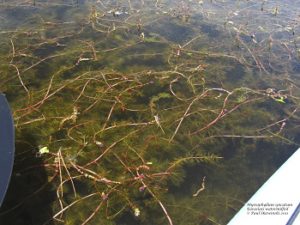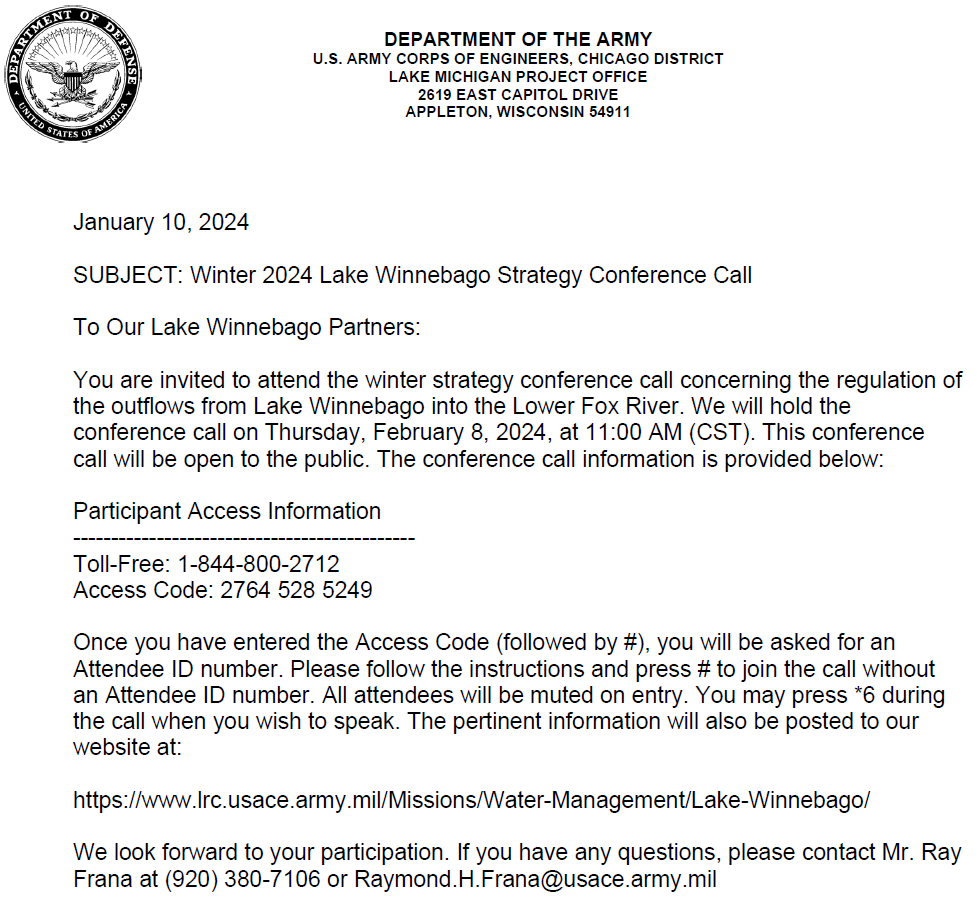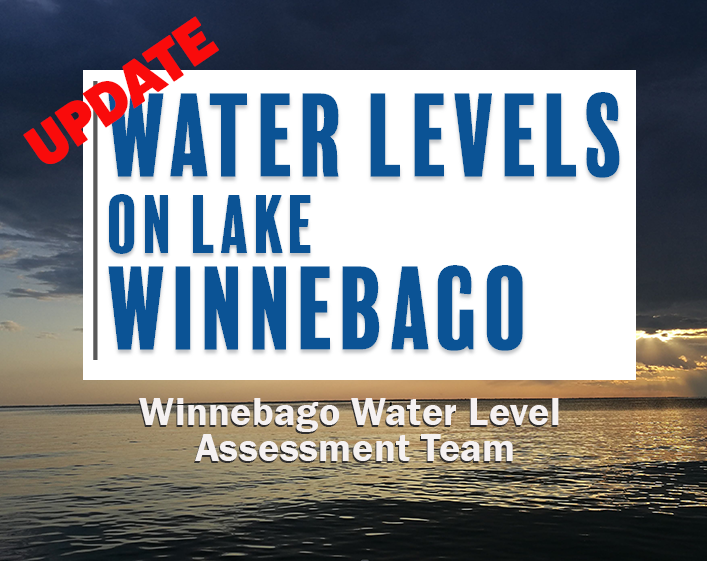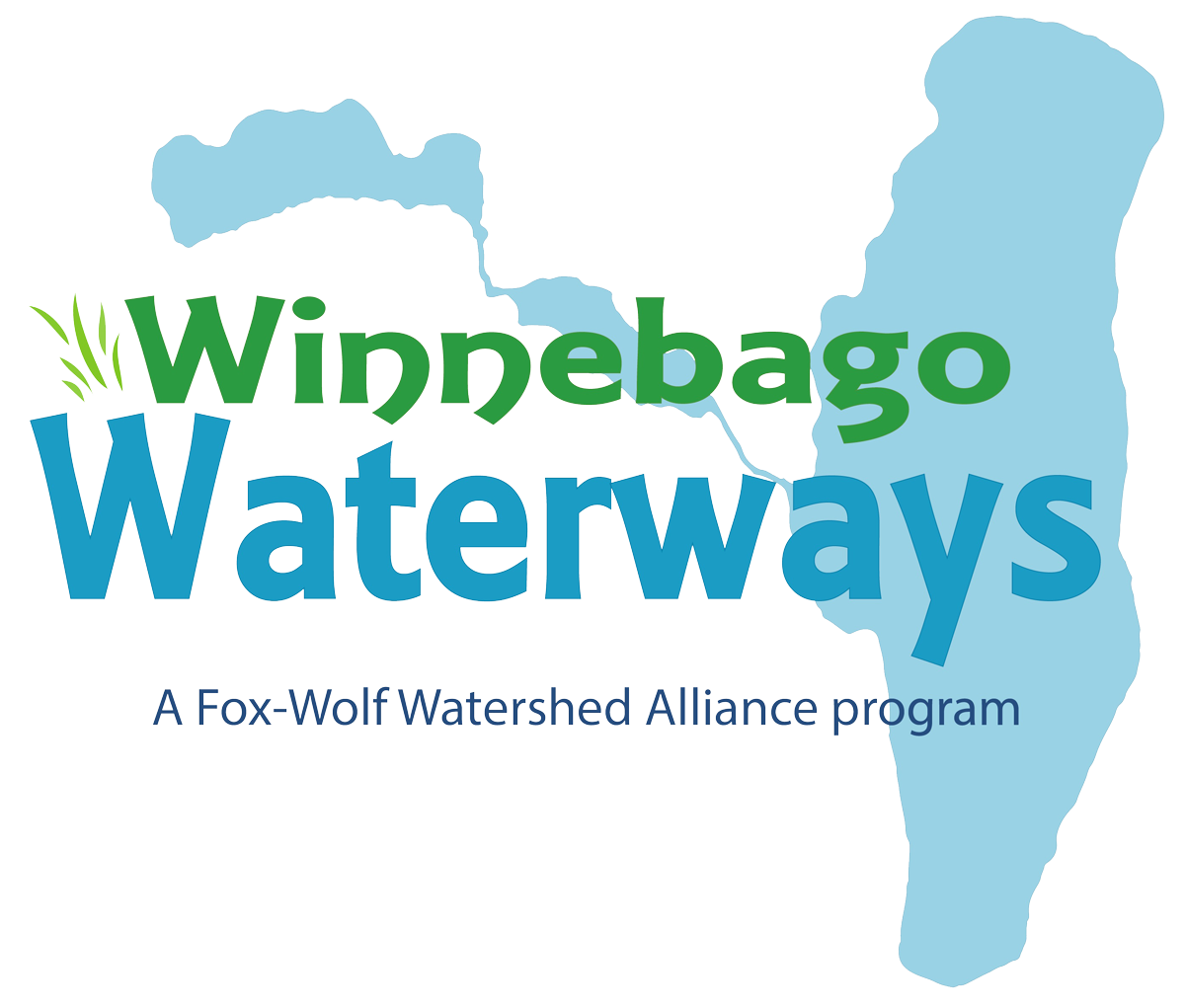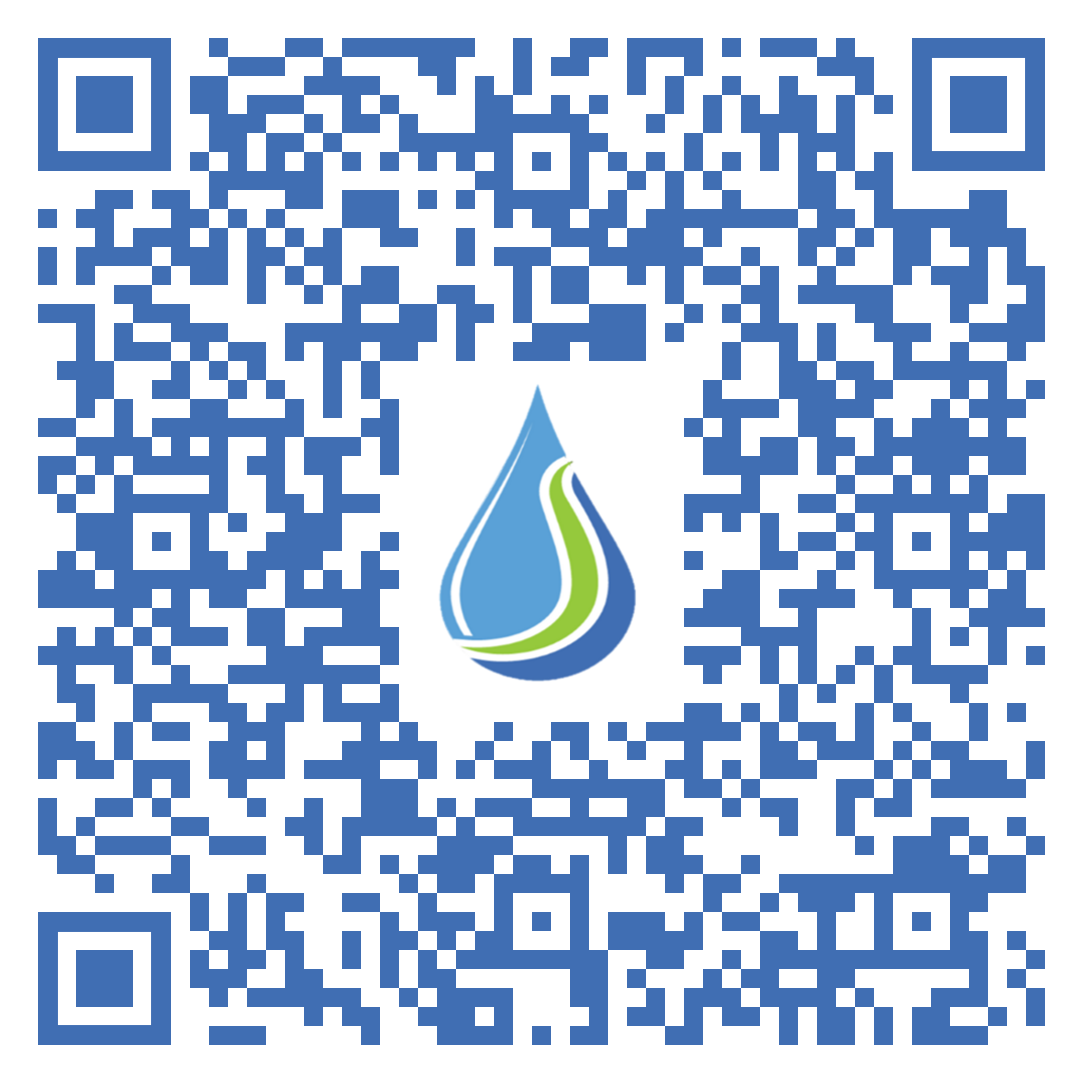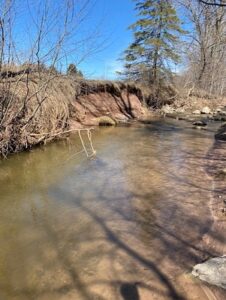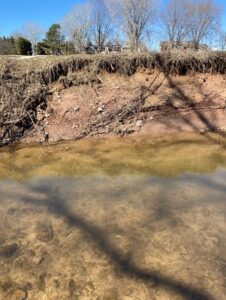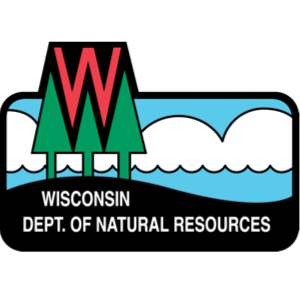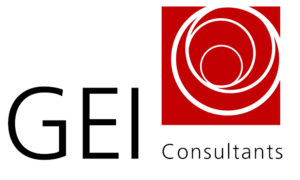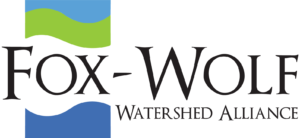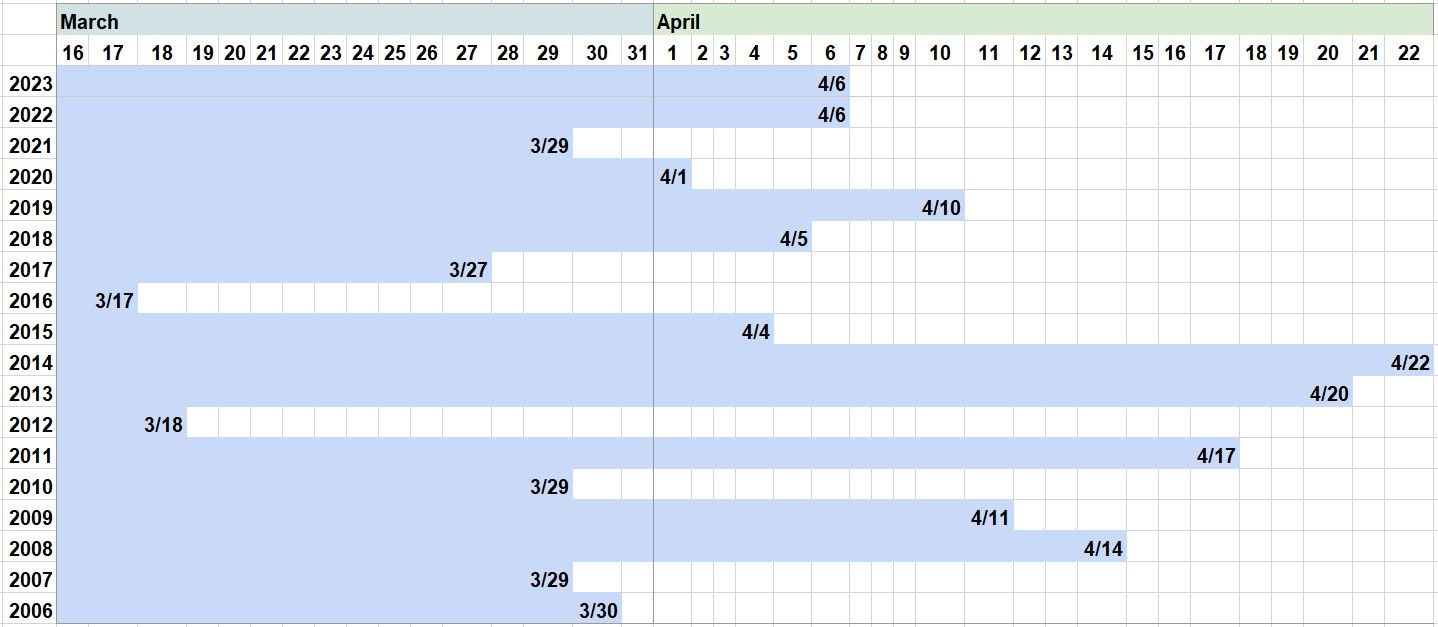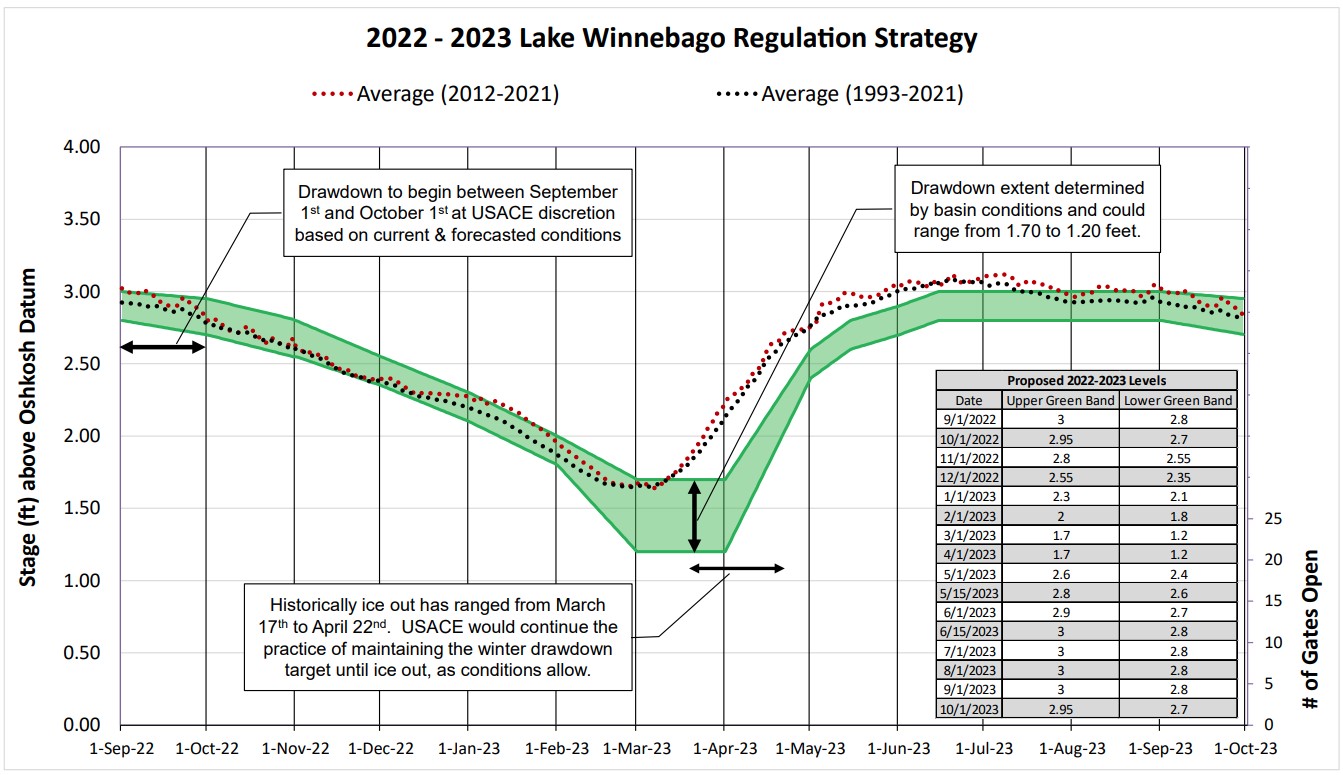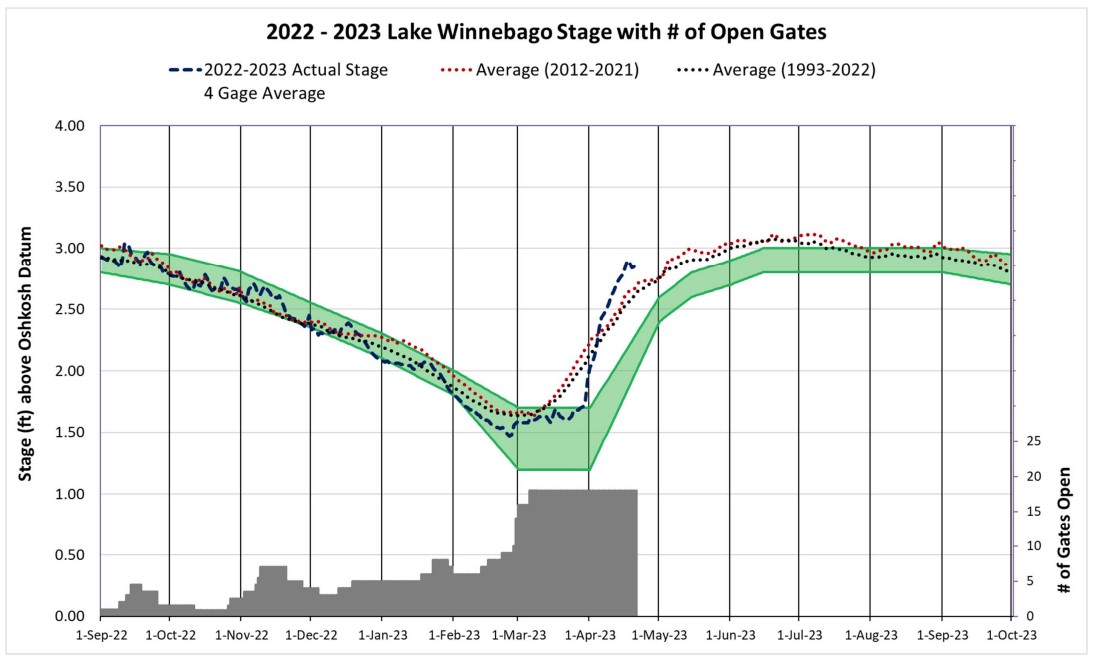2024 Classes: Wisconsin Native Plant Certification Program – Wild Ones
Interested in learning more about Wisconsin’s native plants? Earn your Native Plant Certification by attending classes. A variety of classes are available throughout the year and throughout the state, and more may be added! Click here to learn more!
The post 2024 Classes: Wisconsin Native Plant Certification Program – Wild Ones appeared first on Fox-Wolf Watershed Alliance.
Fox-Wolf Watershed Alliance
https://fwwa.org/2024/03/15/wisconsin-native-plant-certification-program-2/?utm_source=rss&utm_medium=rss&utm_campaign=wisconsin-native-plant-certification-program-2

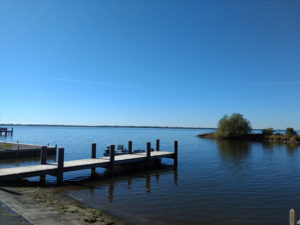 while still leaving options open for herbicide treatment, if needed. Other management options include manual and mechanical removal as well as simply monitoring, since non-native plants can often co-exist with other native plants in a lake without taking over and becoming a nuisance.
while still leaving options open for herbicide treatment, if needed. Other management options include manual and mechanical removal as well as simply monitoring, since non-native plants can often co-exist with other native plants in a lake without taking over and becoming a nuisance.